Animal migrations have long fascinated scientists and nature enthusiasts alike. While the great wildebeest migration or the monarch butterfly’s journey might capture headlines, there is an equally astounding, yet lesser-known phenomenon happening beneath the sea. Meet the Christmas Island red crab, whose migration is nothing short of extraordinary.
Introduction to the Christmas Island Red Crab
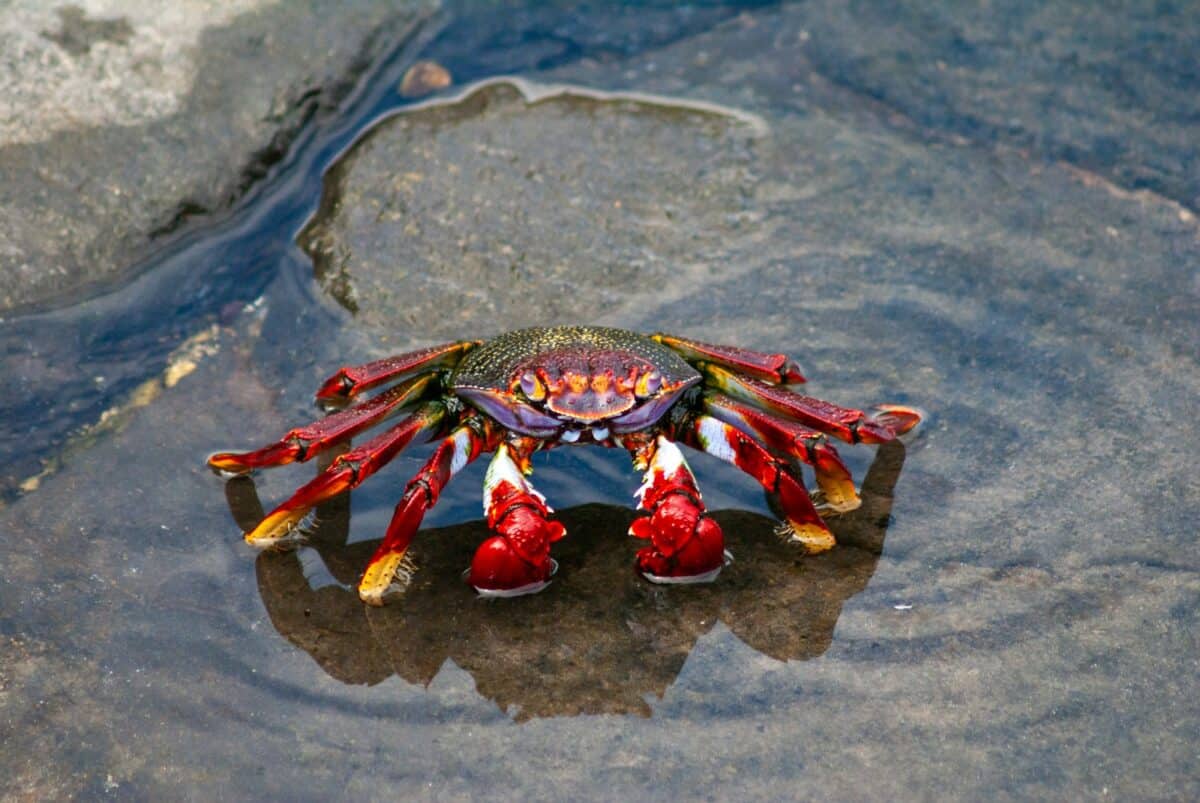
Christmas Island, a small Australian territory in the Indian Ocean, is home to one of nature’s most awe-inspiring spectacles — the annual migration of the red crab. Every year, millions of these crimson creatures embark on a treacherous journey from the island’s forests to the coastlines, an event that transforms the entire island into a moving tapestry of red.
The Anatomy of the Red Crab

Red crabs are a sight to behold. With their vibrant red shells and robust bodies, they measure about 4.5 inches across on average. Their distinctive appearance is not only captivating but also plays a crucial role in their survival, enabling them to blend with the forest floor to avoid predators.
Timing the Migration

Timing is critical for the red crab migration. It typically occurs during the wet season, triggered by the onset of the rains in October or November. This ensures that the crabs remain hydrated throughout their journey and prevents desiccation, which is a significant threat.
Navigational Wonders

The red crabs’ ability to navigate is nothing short of remarkable. They use the moon’s phases to determine their path during the migration, ensuring they reach the ocean to breed. Despite countless obstacles, they maintain a straight line path across the island, guided by an innate sense of direction.
The Descent to the Sea
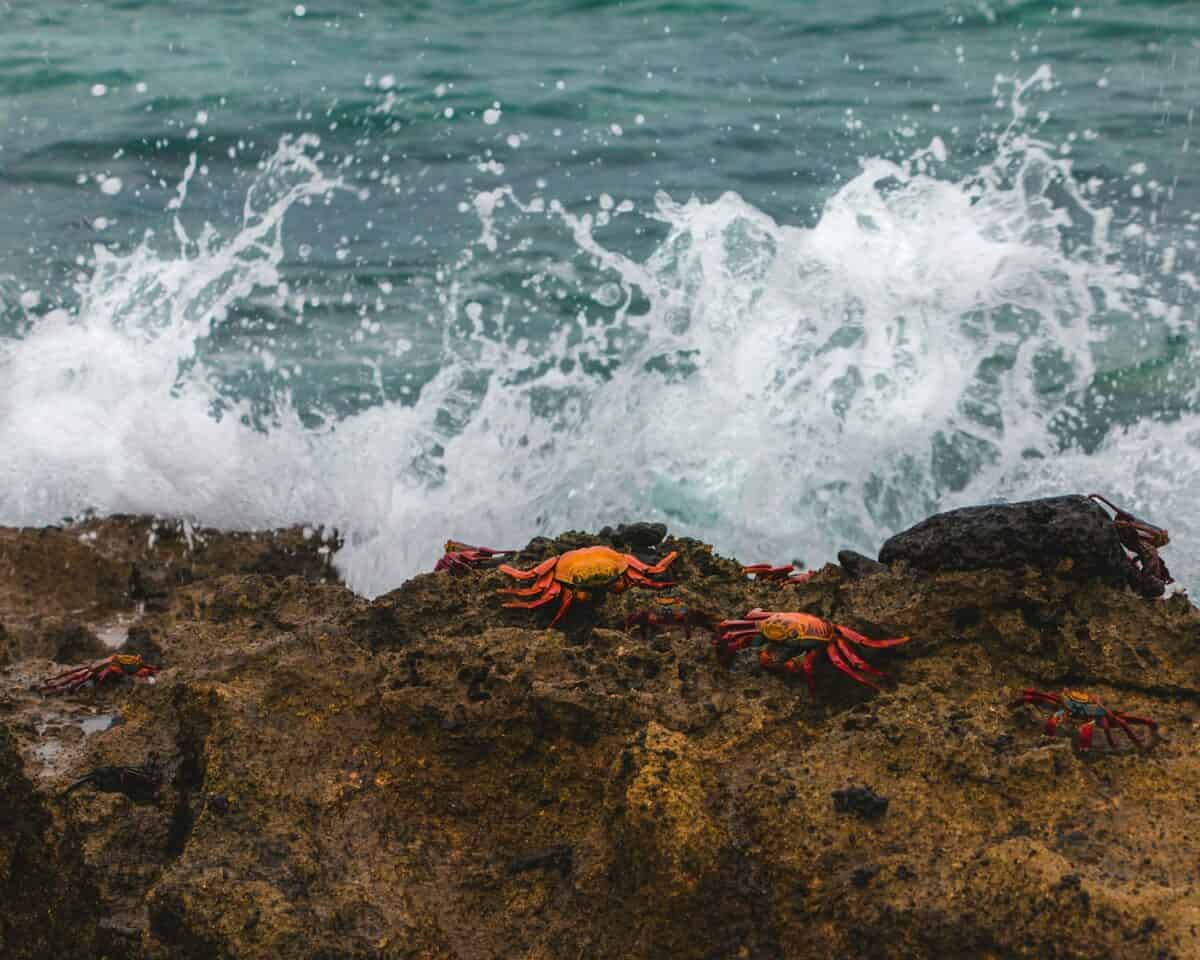
The journey from the forest to the sea is not without challenges. Red crabs must traverse roads, steep cliffs, and various man-made obstacles. During this time, Christmas Island becomes a flurry of activity as residents and tourists alike watch in amazement while avoiding stepping on these determined travelers.
Challenges Faced during Migration
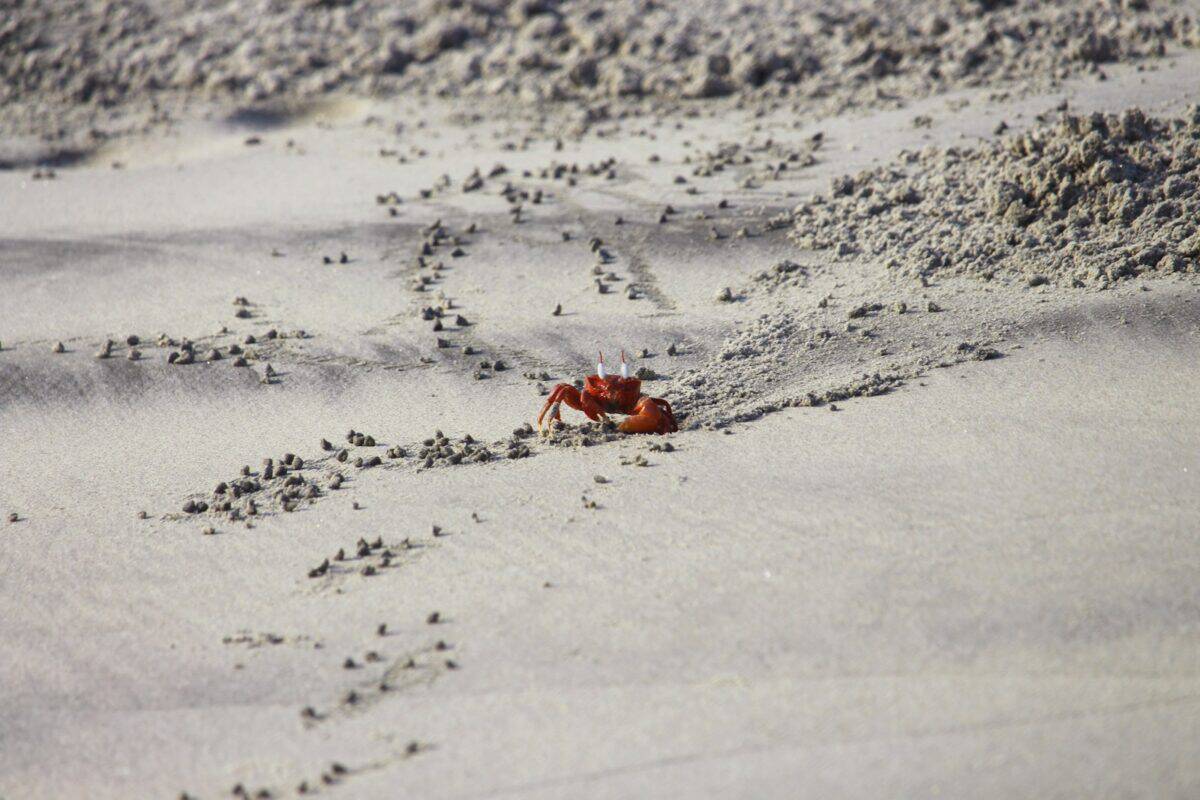
The crabs face numerous threats during their migration, including dehydration, predation from yellow crazy ants, and vehicular traffic. Conservation efforts by park staff now include road closures and the installation of special crab bridges to protect the crabs on their journey.
Reaching the Ocean
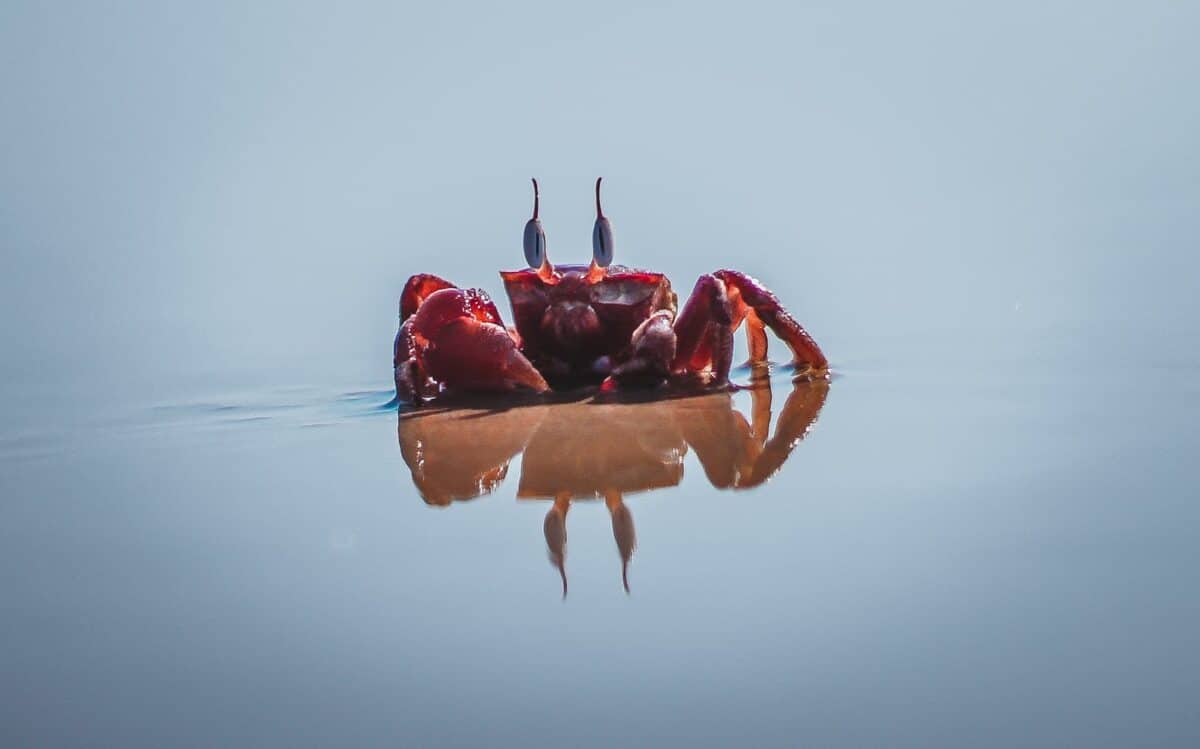
After a formidable trek, the crabs arrive at the coastline, the final frontier. The females then engage in an essential part of the cycle — shedding millions of eggs into the ocean at the receding tide, ensuring the continuation of their species.
The Lifecycle of the Red Crab
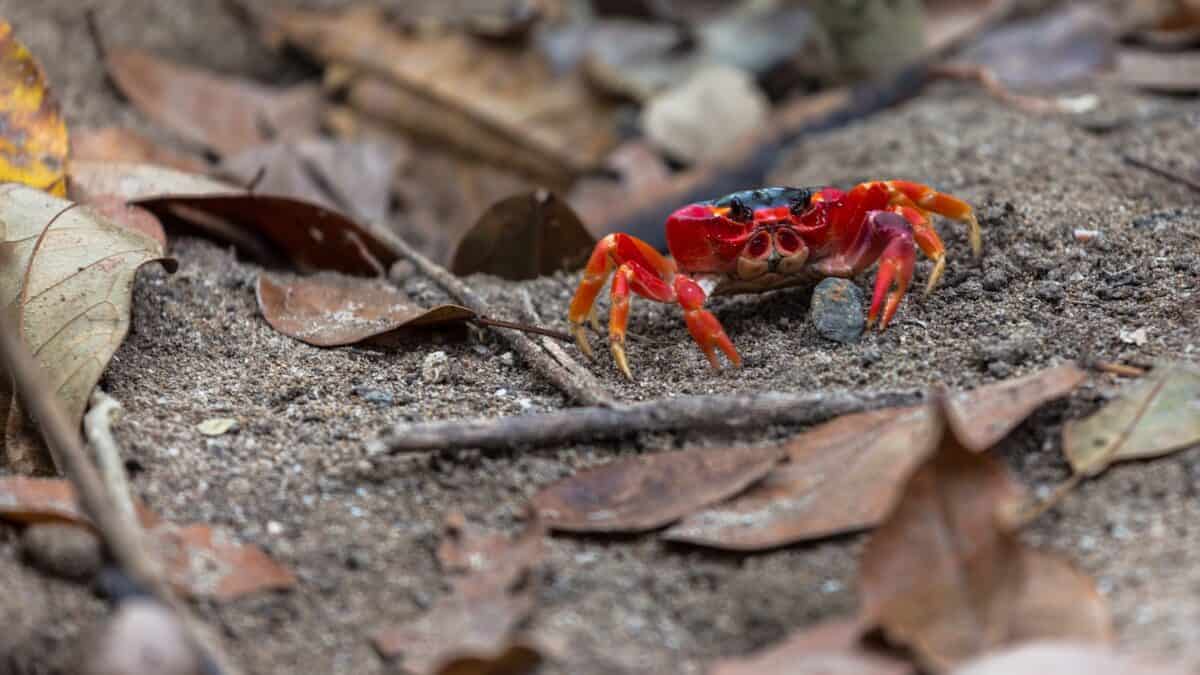
Once the eggs hatch in the ocean, the young crabs begin their perilous journey back to the island’s forests. The majority will not survive the journey, but those that do, embark on a long maturation process before joining the migration themselves.
Ecological Importance
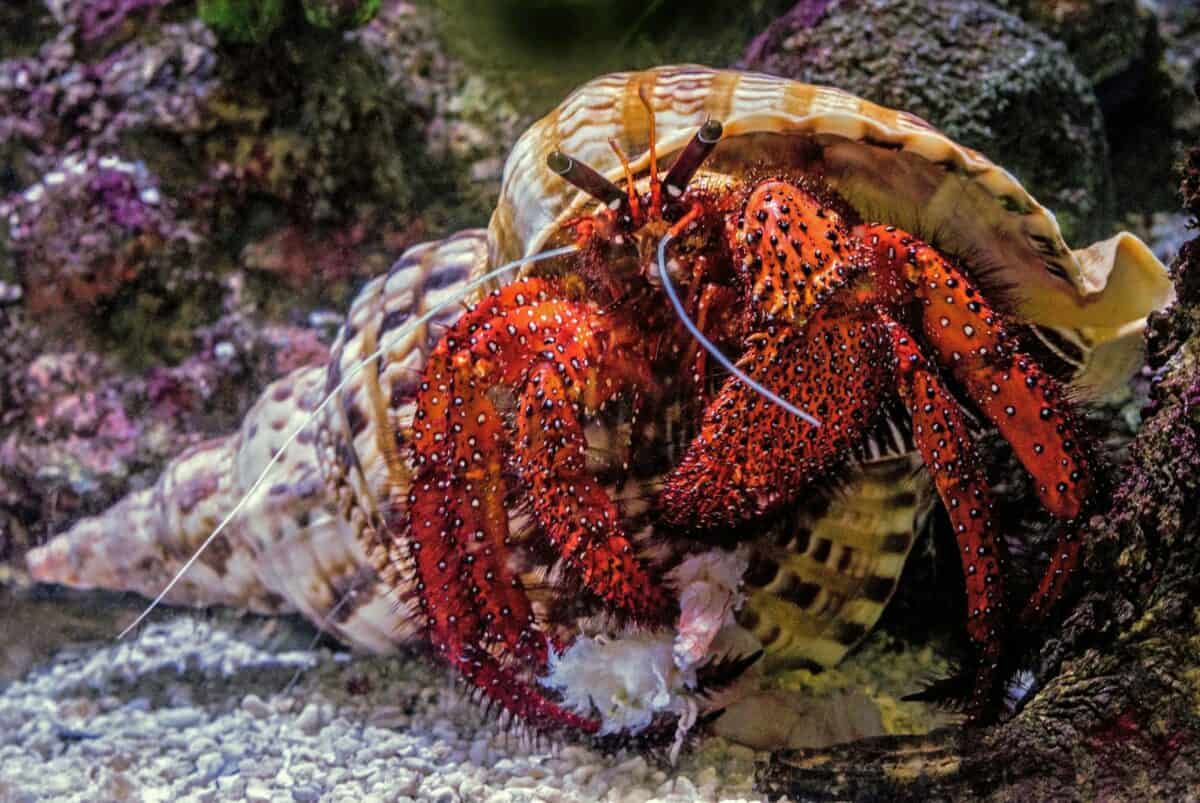
The red crabs play a vital role in Christmas Island’s ecosystem. As primary detritivores, they assist in recycling nutrients by consuming fallen leaves and fruits, which helps maintain the health and stability of the rainforest floor.
Conservation Efforts
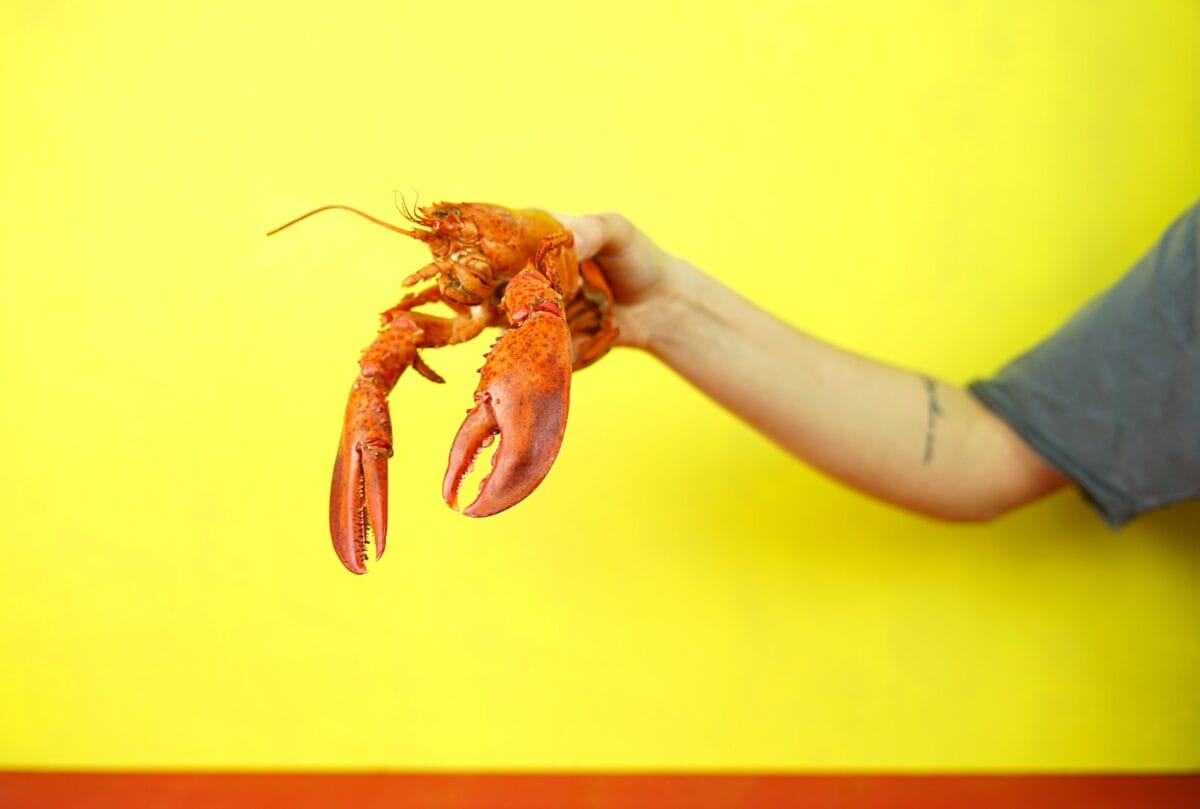
The importance of the red crab migration has led to intensified conservation efforts on Christmas Island. Efforts include controlling invasive species such as the yellow crazy ant and creating crab-friendly infrastructure to reduce mortality during migrations.
A Natural Wonder Worth Preserving
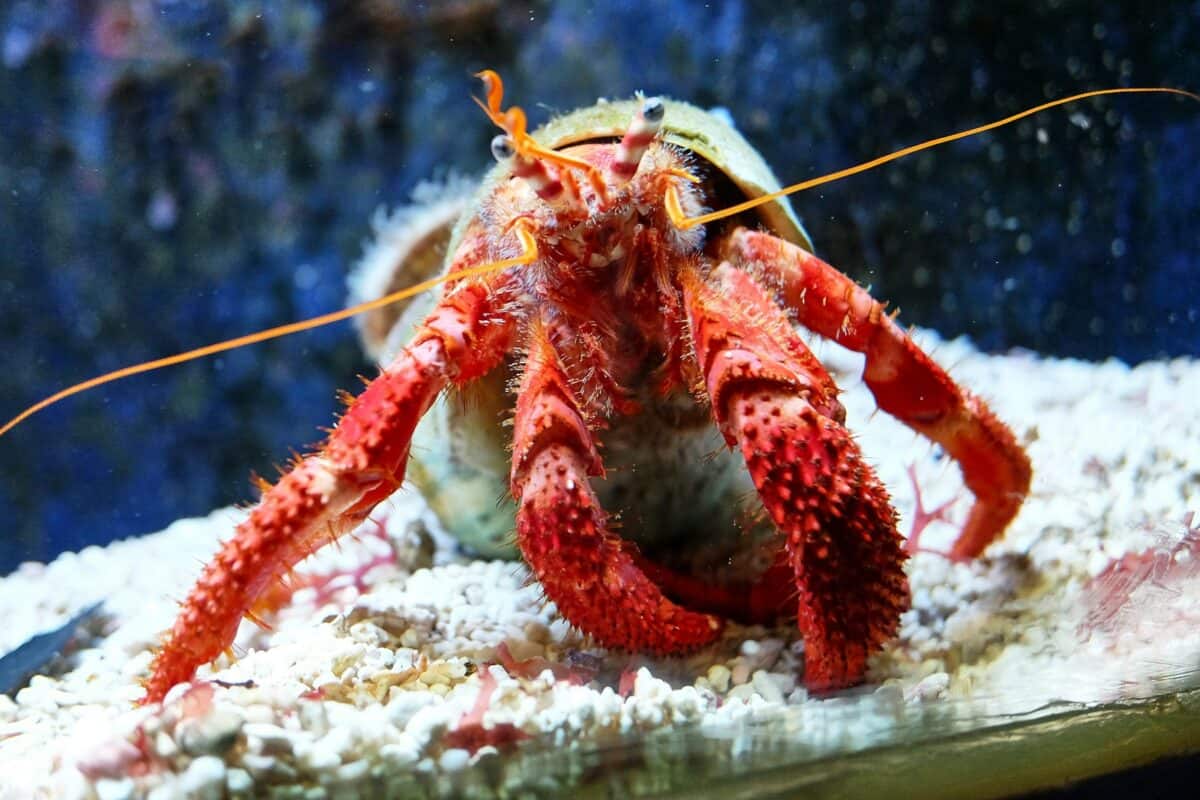
The annual spectacle of the Christmas Island red crab migration is one of nature’s most intriguing events. It not only showcases the resilience and determination of these unique creatures but also underscores the fragile balance of our ecosystems, a powerful reminder of the need for conservation and respect for natural processes.
The Christmas Island red crab migration is a natural phenomenon that continues to astonish and inspire those fortunate enough to witness it. From the meticulous timing to the insurmountable geographic challenges, these crabs demonstrate an incredible story of survival and tenacity. They remind us of the intricate and often mysterious workings of nature and the critical role each species plays within its ecosystem. This migration, although not as widely known as others, remains a testament to the wondrous and often bizarre marvels of the animal kingdom.
- The Most Bizarre Animal Migration You’ve Never Heard Of - August 20, 2025
- Fierce Animal Moms Who Would Do Anything for Their Babies - August 20, 2025
- The Secret Life of the Saola: Asia’s Hidden “Unicorn” - August 20, 2025

